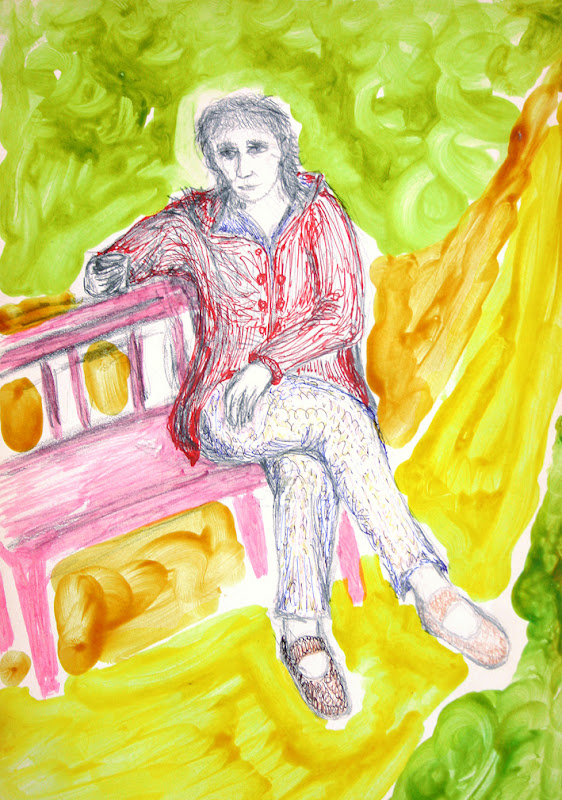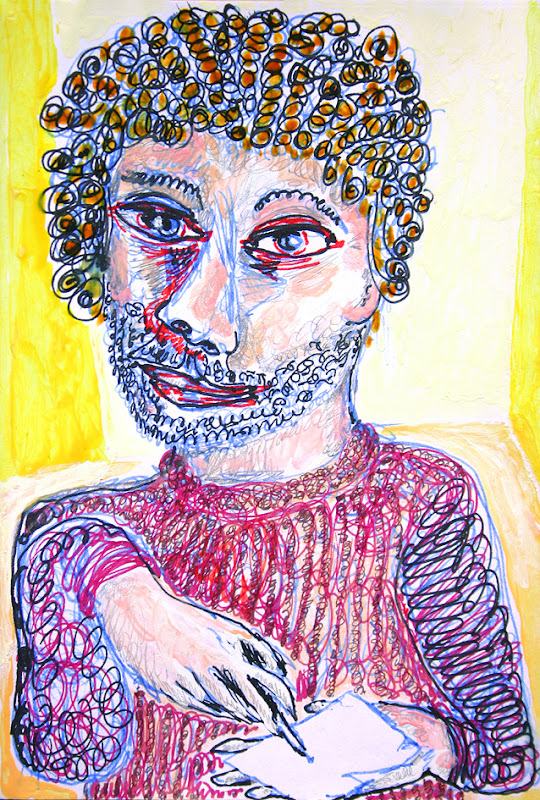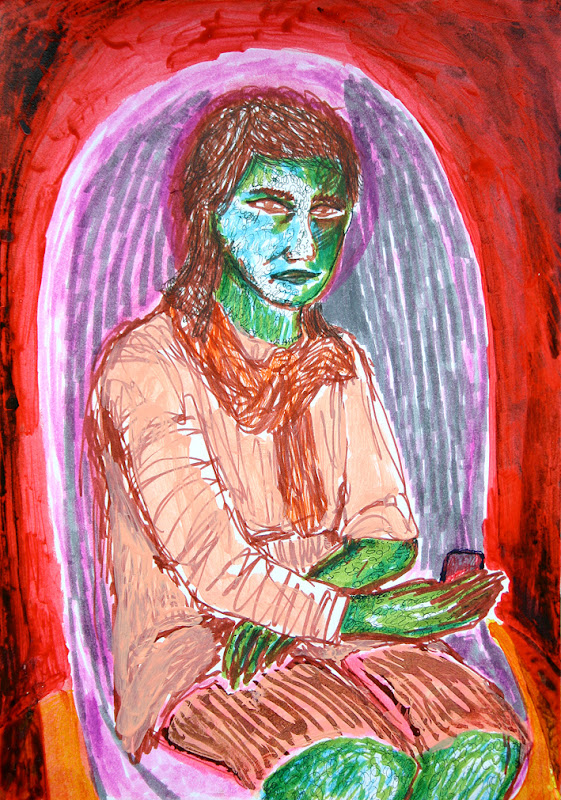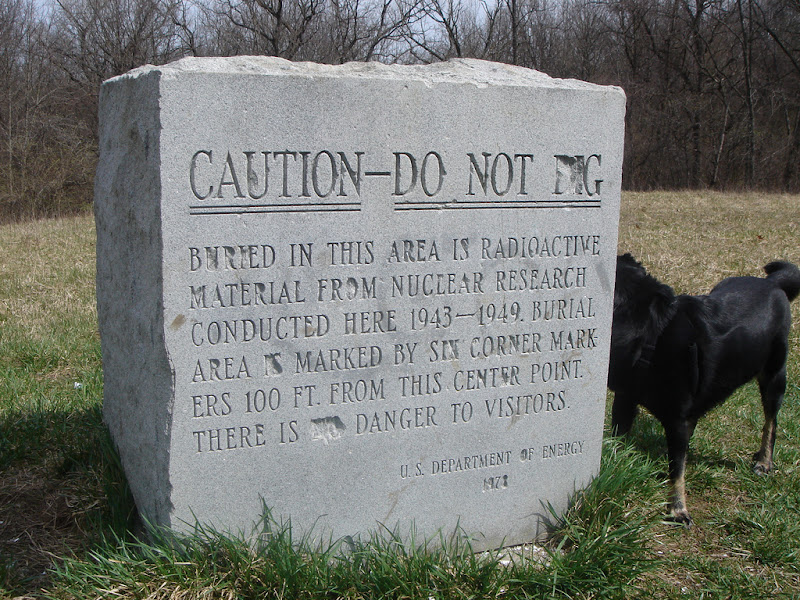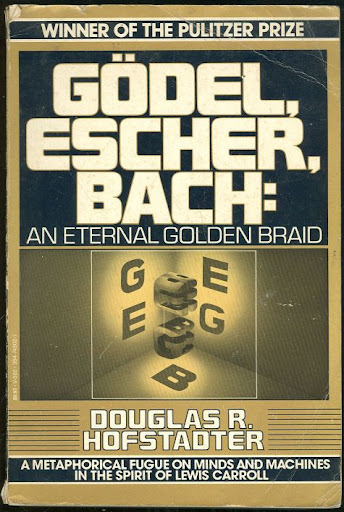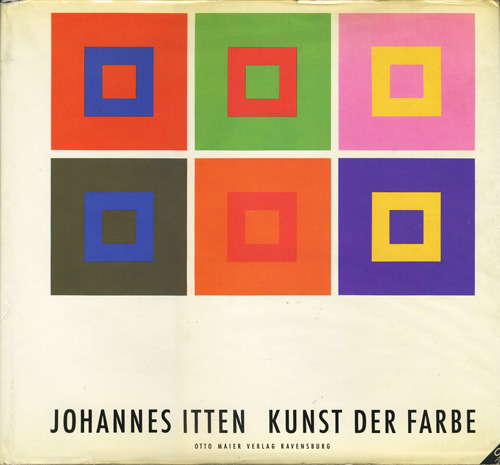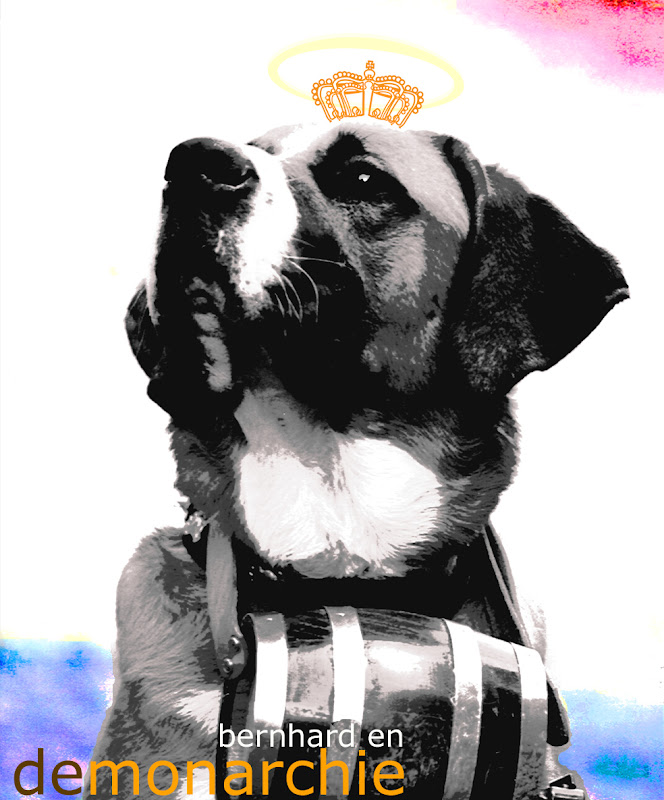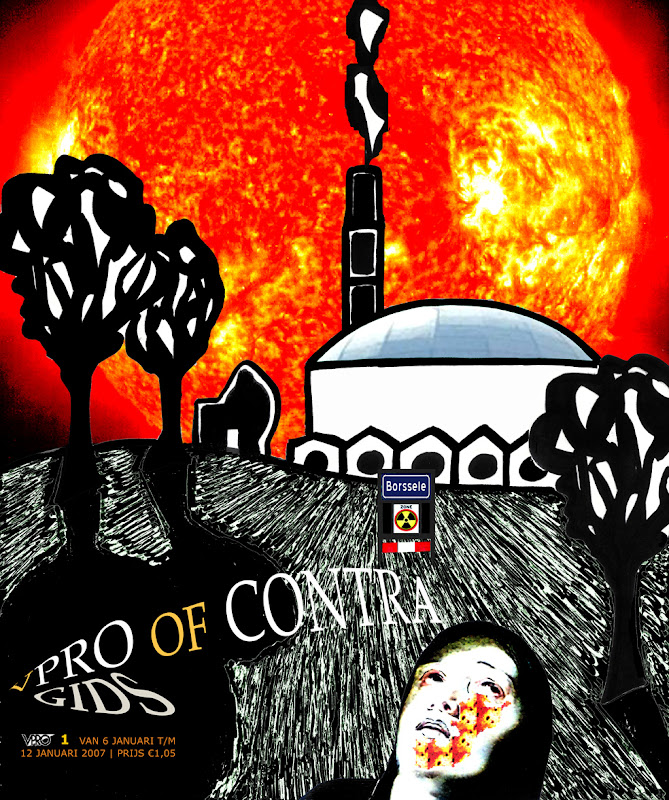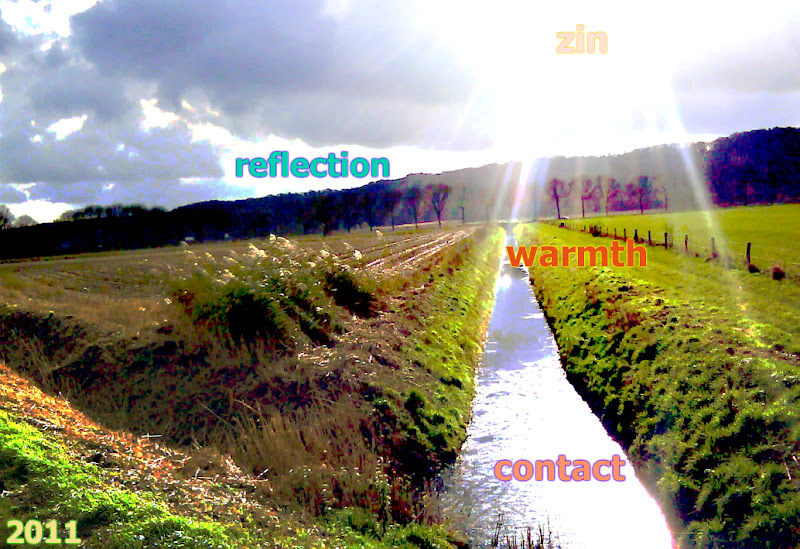oh well, i'm still not done. in 2010 i also participated in the vpro cover design contest, the theme then was: `monarchy'. but, as was explicitly stated, the main reason for this theme was the new television series to be aired by the vpro, called `bernhard, scoundrel of orange' (`bernhard, schavuit van oranje') about the life of prince bernhard, husband of our former queen juliana.
prince bernhard was severely compromised in the '70s for accepting bribes from lockheed and other parties, in his role as military adviser to the government. he also fathered two extra-marital children. before the war he was a member of the nsdap and the reiter ss, which he first denied and when confronted with paper evidence he claimed to have been made member without his knowledge (although contribution was paid promptly and meticulously for years). also he was already a member of the deutsche studentenschaft from 1932-1934 with an application form filled out in his own handwriting (the studentenschaft was also clearly nationalsozialistisch -in other words nazi).
when caught in the bribery act, he was -naturally- facing indictment and trial. however, queen juliana said she would abdicate if her husband was put on trial and daughter beatrix (our current queen) said she would not take up the throne in this way.
so...what do you think happened? i was 11 yrs old at the time and i still feel the indignation of what our government concocted. they decided to not put bernhard on trial, to save the monarchy. if you even think bernhard had to pay back the money, you are wrong. his punishment consisted of stripping him of his military uniform in public appearances and relieving him of his advisory function. wow. any `common' shoplifter or thief is treated with harsh justice, for let's say a couple of thousand at the most, but when it comes to millions, the high society protects itself...
these are not the only scandals and controversies surrounding bernhard. read for yourself on wikipedia:
prince bernhard von lippe-biesterfeld.
so you can imagine this theme also caught my attention. we are a so-called democracy, but still our monarch has some not unimportant political functions. a strange state of affairs. monarchs' succession is by birthright, so it must be that some special status is accorded to `being the child of'. still, our future king willem alexander married maxima zorreguieta. she is the daughter of jorge zorreguieta, (civilian) member of the argentine military junta of jorge videla, which was responsible for the calculated murder of thousands of dissident civilians from 1976-1983 (in the so-called
dirty war).
i am the first to state that children bear no automatic responsibility for the actions of their parents, and i have nothing against maxima, but in this case i find it extremely unacceptable for our future king to be wedded to her. ok, they should have married, let love prevail, but then let someone else take the throne. if anything good can be ascribed to monarchy, it should be about representation, about making the right choices. what message do we give to all the bereft argentine mothers, fathers, children, who saw their beloved taken away in the night never to return?
from wikipedia:
The news of the couple's relationship and eventual marriage plans caused controversy in the Netherlands. Máxima's father had been the Minister of Agriculture during the regime of former Argentine President Jorge Rafael Videla, a military dictator who ruled Argentina from 1976 to 1981 and who was responsible for many atrocities against civilians (An estimated 10,000–30,000 people disappeared during this and subsequent military regimes before democracy was restored to Argentina in 1983). Jorge Zorreguieta claimed that, as a civilian, he was unaware of the Dirty War while he was a cabinet minister. Professor Baud, who on request of the Dutch Parliament did an inquiry in the involvement of Zorreguieta, concluded that would it have been unlikely for a person in such a powerful position in the government to be unaware of the Dirty War.[1]
in order to understand all the designs that were sent to the vpro for this `monarchy' theme, i should fill pages...but you get the drift of what lies beneath the surface of our happy orange household...
but one big benefit of our monarchy usually remains underexposed: the entertainment value. several gossip magazines rely almost exclusively on our royal family for their existence. if the queen plus entourage get a salary of millions of euro's, this may seem large, but divided by our population it yields an attractive per capita amusement tax [added later: the cost of the royal family turns out to be the staggering figure of 114 million euros per year, where i thought it would be 10 million max. incredible.]. therefore i would advise all other civilized countries to reinstate monarchy if they haven't been able to maintain one over the centuries!
in this spirit, one of the best designs for the
2010 vpro cover i thought was the one below by teun van den wittenboer (if teun or vpro object, please let me know and i will remove the image, although it can be seen at the link above):

design teun van den wittenboer, VPRO Gids Cover 1, 2010
the text reads: "the -up 'till now hidden- second tattoo of bernhard".
you might wonder what i find so brilliant about this...but i think the image is perfectly executed, and i also consider the idea to be a brilliant mockery of what we dutch think of as important in life...the exterior body, and silly secrets. we do not take the time to ponder the real implications of our monarchy, instead we are fascinated by gossip-magazine items and glitter and glamour.
the jury -as expected somewhat i must say, since i have now seen more years of designs and jurying- did not spot this design, it seems. the winning design was -contrary to my expectations which were obviously too high- a very non-committal silhouette of our queen, nothing more. well, no controversy there, a very safe choice! but not really in concordance with the original commission if you ask me. and for me it also raises the question of how critical our television broadcasting associations really are. i hope we will not drift towards an italian situation, where television is largely mind-numbingly stupid entertainment.
we need critics! we need people who dare speak out against superficiality and money/power/sex as a sole goal in life. so i hope the vpro will continue to orient itself towards such a critical role.
anyway, the jury did pick out the following design by michelle sipers, which i also think is very good (see the above remark about removing the image):

design michelle sipers, VPRO Gids Cover 1, 2010
i will perhaps pick out some more designs in the next post.
